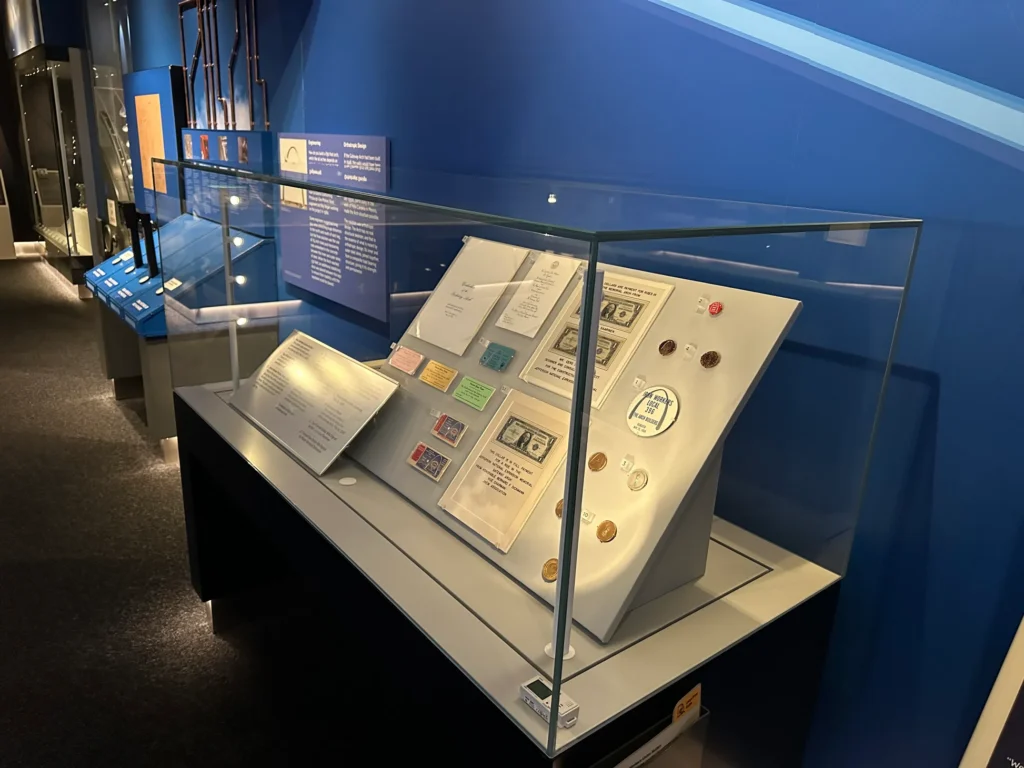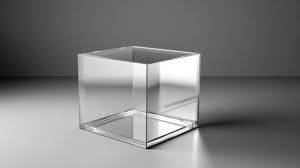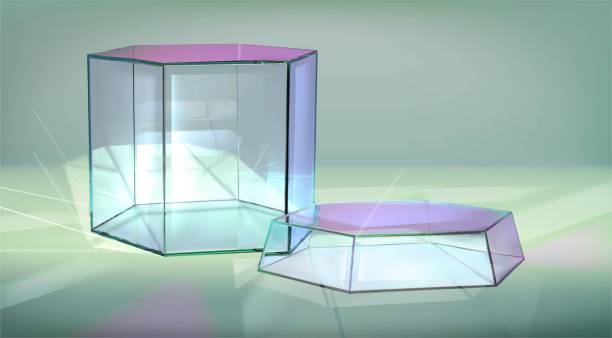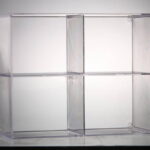Learn About Custom Acrylic Display Cases And Plexiglass Display Boxes
Got a question for you! Do you have a particular interest in solutions for collecting and displaying precious memorabilia? Then, do you know which storage options for various products are currently trending in the display solutions field? Not sure? No worries—we’ve researched and compiled statistics showing that custom acrylic display cases and plexiglass display boxes have become popular choices for showcasing all kinds of items. These options can accommodate the display and storage of collectibles of varying value, types, and requirements!
Of course, while these customized display solutions offer unique advantages and align with current trends, not everyone can accurately distinguish between them or know precisely which items suit which display options.
Based on our expertise, custom acrylic display cabinets are favored for their high transparency, lightweight nature, and exceptional durability. They are commonly used in commercial retail settings like jewelry stores, electronics shops, and high-end fashion boutiques to showcase related items. On the other hand, while custom plexiglass display boxes share a similar appearance to acrylic and can also clearly present internal items, they exhibit subtle differences in material properties, manufacturing processes, and ideal application scenarios.
Why is it essential to understand the definitions, advantages, and usage scenarios of custom acrylic display cabinets versus plexiglass display boxes? Because grasping these distinctions is crucial for selecting the appropriate display solution tailored to specific requirements.
What Are Acrylic and Perspex? Understanding the Materials
Acrylic, also known as polymethyl methacrylate (PMMA), is a lightweight, shatter-resistant, and transparent plastic. It’s often used in custom display cases because it transmits up to 92% light, allowing your merchandise to stand out without distorting. This material is also highly impact-resistant, making it ideal for both home and retail settings.
Perspex, on the other hand, is a branded version of cast acrylic, often produced to stricter standards to ensure consistent thickness and color. Its greater scratch resistance and optical quality make it popular in the UK and EU under names like “custom Perspex display cases.” In the US, it’s similar to Perspex.
- Similarities: Both are transparent plastics with UV options to prevent fading.
- Differences: Perspex emphasizes premium branding, while generic acrylic varies in quality.
According to industry experts at Lucite International, Perspex meets higher manufacturing specs for museum-grade clarity.

Key Differences Between Acrylic and Perspex Display Cases
1.Material Composition
- Acrylic: Available in both extruded and cast forms, offering versatility and cost-effectiveness.
- Perspex: A cast acrylic known for its superior quality and consistency.
2.Optical Clarity
- Acrylic: Provides good clarity, though it may vary depending on the manufacturing process.
- Perspex: Offers exceptional optical clarity, making it ideal for showcasing valuable items.
3.Durability
- Acrylic: Shatter-resistant and lightweight, suitable for general display purposes.
- Perspex: More resistant to scratching and UV degradation, ensuring longer-lasting protection.
4.Cost
- Acrylic: Generally more affordable, making it accessible for various budgets.
- Perspex: Premium pricing reflects its higher quality and durability.
Design and Structural Differences: Display Cases vs. Display Boxes
Custom acrylic display cases usually feature structured designs like bases, lids, or shelves for stacking. Ideal for vertical display, they come in thicknesses ranging from 1/8″ to 1/4″ and can be fitted with locking tabs or UV filters. This makes them ideal for custom collectible display cases, though quality depends on the manufacturer.
Perspex display cases are typically simpler, such as five-sided cubes, and emphasize a stylish, upscale look with scratch-resistant surfaces and engravings. They’re designed for high-end displays, but branding can add cost.
Here’s a quick comparison:
| Aspect | Custom Acrylic Display Case | Perspex Display Box |
|---|---|---|
| Structure | Bases, lids, stackable | Simple cube or enclosure |
| Features | Lockable, variable thickness | Scratch-resistant, custom engravings |
| Pros | Affordable, customizable | Premium clarity, durable |
| Cons | Quality varies | Higher price |
Applications of Acrylic and Perspex Display Cases
1.Acrylic Display Cases
- Collectibles: Ideal for displaying action figures, model cars, and other collectibles.
- Retail: Used in stores to showcase products in a clear and organized manner.
- Home Décor: Perfect for displaying trophies, awards, and personal memorabilia.
2.Perspex Display Boxes
Luxury Retail: Employed in high-end stores to showcase premium products.
High-End Collectibles: Suitable for rare or valuable items requiring enhanced protection.
Museum Exhibits: Used to display artifacts with a focus on clarity and preservation.

Alternative Storage Materials for Collectibles
While acrylic and perspex are popular choices, other materials can be considered based on specific needs:
Metal: Durable and secure but may not provide the desired visibility.
Glass: Offers high clarity but is heavier and more prone to breaking.
Wood: Provides a classic aesthetic but may not offer the same level of protection.
How to Choose the Right Display Solution: Buying Guide
Start by assessing your needs: What’s the item’s size and value? For everyday collectibles, go acrylic; for heirlooms, Perspex.
- Measure your item accurately.
- Compare quotes from fabricators like shopPOPdisplays.
- Check for UV resistance and certifications.
Alternatives like glass work for static displays, but acrylic wins for flexibility. “Acrylic’s impact resistance makes it superior for most collectors,” says expert John Hale from T&T Plastic Land.
Consider the following factors when selecting a display case:
- Value of the Item: High-value items may benefit from the enhanced protection of perspex.
- Location: Items displayed in areas with high traffic may require more durable materials.
- Budget: Determine how much you’re willing to invest in a display case.
- Customization Needs: Ensure the material can be tailored to fit your specific items.
Cost and Maintenance Considerations
Costs for a custom acrylic display case typically range from $50 to $200, depending on size—like a 12x12x12 inch model at around $75. Perspex options start higher, from $100 to $300, reflecting branded quality.
Maintenance is straightforward for both. For acrylic, use a microfiber cloth with mild soap and water; avoid ammonia to prevent clouding. Perspex needs similar care but benefits from anti-static sprays.
- Tips: Dust weekly, store in cool areas.
- Table of Costs:
| Size | Acrylic | Perspex |
|---|---|---|
| Small (12x12x12) | $50-100 | $100-150 |
| Medium (24x18x18) | $100-200 | $150-300 |
Custom Acrylic Display And Plexiglass Display Boxes Can Protect Your Collection
In summary, our exploration of the differences between two popular and important products—custom acrylic display cases and plexiglass display boxes—reveals that while they share similarities in appearance and functionality, they also exhibit distinct differences. Acrylic display cases typically offer greater versatility and durability, meeting diverse commercial and high-end display requirements. Their exceptional impact resistance and environmental adaptability make them a long-term investment choice for businesses. Plexiglass display boxes, with their relatively lower cost and ease of customization for smaller items, are ideal for collectors or short-term display needs.
By carefully evaluating the characteristics, manufacturing processes, utility value, and intended purposes of both materials, you can select the most suitable display solution that effectively showcases exhibits while aligning with your budget and long-term objectives.
FAQs About Custom Acrylic Display Case
Q1:What’s the main difference between a custom acrylic display case and perspex display box?
Branding: Acrylic is generic PMMA; Perspex is a high-standard brand with better consistency.
Q2:Are custom display cases for collectibles UV-resistant?
Many are, especially with added coatings to prevent fading over time.
Q3:How much does a custom perspex display case cost?
Typically $100-300, varying by size and features like engravings.
Q4:What’s the best custom acrylic display case for LEGO sets?
Opt for thicker, stackable models with UV protection for long-term display.
Q5:Can perspex display boxes be used in museums?
Yes, their clarity and durability make them ideal for artifacts.
Q6:What’s the difference between plexiglass and perspex display boxes?
They’re similar—plexiglass is a US term for acrylic, Perspex a UK brand with premium specs.
Q7:How to clean a custom acrylic display box?
Use microfiber cloth and mild soap; wipe gently to avoid scratches.


